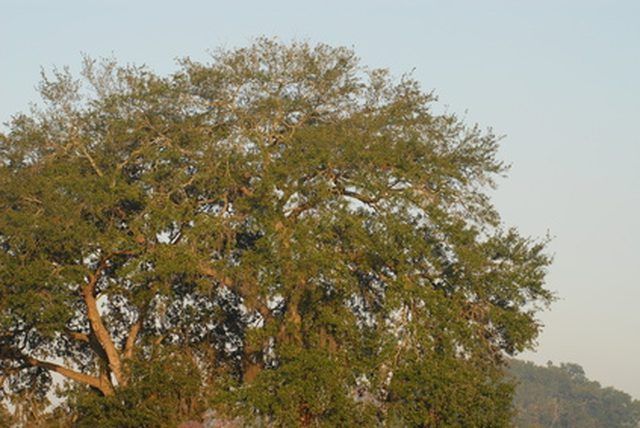Bulbs
Flower Basics
Flower Beds & Specialty Gardens
Flower Garden
Garden Furniture
Garden Gnomes
Garden Seeds
Garden Sheds
Garden Statues
Garden Tools & Supplies
Gardening Basics
Green & Organic
Groundcovers & Vines
Growing Annuals
Growing Basil
Growing Beans
Growing Berries
Growing Blueberries
Growing Cactus
Growing Corn
Growing Cotton
Growing Edibles
Growing Flowers
Growing Garlic
Growing Grapes
Growing Grass
Growing Herbs
Growing Jasmine
Growing Mint
Growing Mushrooms
Orchids
Growing Peanuts
Growing Perennials
Growing Plants
Growing Rosemary
Growing Roses
Growing Strawberries
Growing Sunflowers
Growing Thyme
Growing Tomatoes
Growing Tulips
Growing Vegetables
Herb Basics
Herb Garden
Indoor Growing
Landscaping Basics
Landscaping Patios
Landscaping Plants
Landscaping Shrubs
Landscaping Trees
Landscaping Walks & Pathways
Lawn Basics
Lawn Maintenance
Lawn Mowers
Lawn Ornaments
Lawn Planting
Lawn Tools
Outdoor Growing
Overall Landscape Planning
Pests, Weeds & Problems
Plant Basics
Rock Garden
Rose Garden
Shrubs
Soil
Specialty Gardens
Trees
Vegetable Garden
Yard Maintenance
How to Identify Texas Oak Trees
How to Identify Texas Oak Trees. Almost any kind of oak tree can grow in Texas. Texas produces the ideal climate for most oaks, and the eastern part of the state is completely covered in oak trees. If you inherit a piece of property with an oak tree, you may want to find out what kind of oak tree it is. The easiest way to determine the variety of...

Almost any kind of oak tree can grow in Texas. Texas produces the ideal climate for most oaks, and the eastern part of the state is completely covered in oak trees. If you inherit a piece of property with an oak tree, you may want to find out what kind of oak tree it is. The easiest way to determine the variety of an oak tree is to examine the leaves and the acorns of the tree.
Things You'll Need
Acorns
Oak leaves
Note the time of year before you start to identify oak trees in Texas. In the fall, most oak trees, such as the red oak, pin oak, scarlet oak, Shumard oak and post oak change colors to red or yellow. However, some forms of oaks, such as the live oak tree, do not. The live oak tree also does not lose leaves in the winter like most other oaks. The live oak tree loses most of its leaves in the spring.
Check the leaf size and appearance of the tree. Each oak has a slightly different leaf appearance. Take the leaves and compare them online to images of different oak trees, or check out a book on oak trees from your local library. The white oak has a long, narrow leaf with cutouts on either size of the leaf. The red oak has large leaves with three prongs and pointed ends. The shingle oak has oval-shaped leaves with no ridges. The chestnut oak has an oval-shaped leaf with ridges around the edges.
Look at the height of the oak tree. Some oaks vary widely in size. The gobbler sawtooth oak can grow 40 feet high and 40 feet wide. The pin oak can grow to 60 or 80 feet high with a spread of 40 to 50 feet. The post oak can grow to 40 or 50 feet high and 35 to 50 feet wide. The water oak can grow between 50 and 75 feet tall and 30 to 40 feet wide.
Check the location of the oak. The growing region can shed some light on what variety the oak may be. The water oak prefers more water than other oaks and can be found in wetter climates. The bur oak grows near the coast because of salt and wind tolerance. The black oak grows well in sandy soil. The Chinkapin oak prefers drier soils.
Examine the size and appearance of the acorns that the trees produce in the summer or fall. Acorns can vary widely from tree to tree. The white oak produces bright green, smooth acorns. The scarlet oak has dark brown acorns with brown hats. The overcup oak produces small, dark brown acorns with large, spiky hats. The bur oak produces fuzzy acorns. The chestnut oak produces shiny brown acorns.